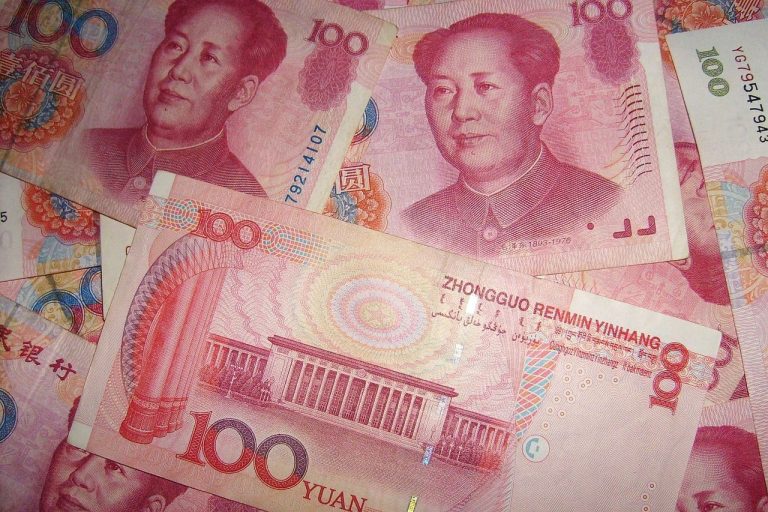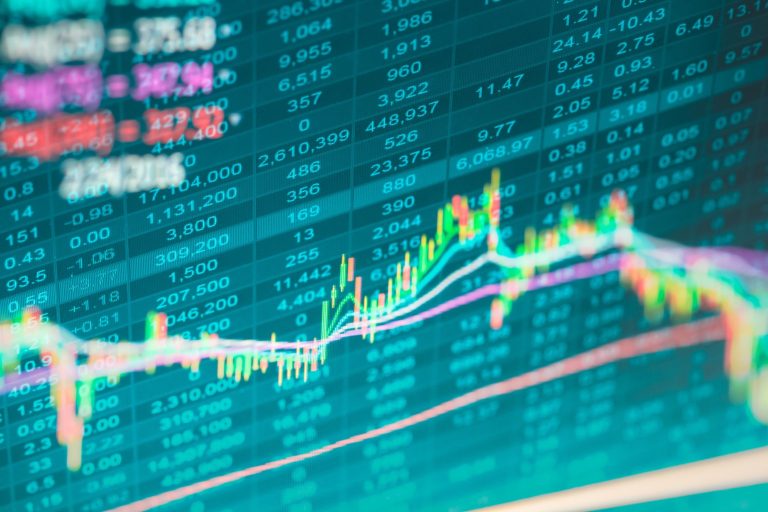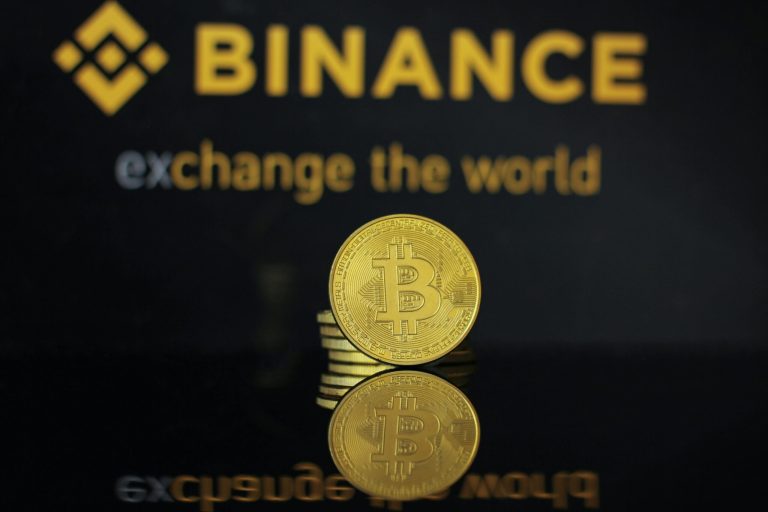Amid growing uncertainty surrounding US–Ukraine relations, a steadfast commitment to the war-torn nation remains in the form of informal ties forged over three years of conflict with Russia.
Leading this charge is Howard G. Buffett, a Republican philanthropist and son of legendary investor Warren Buffett, who is making his 18th visit to Ukraine since Russia’s full-scale invasion in 2022.
This visit comes as the new US administration led by President Donald Trump explores a potential temporary ceasefire between Russia and Ukraine, casting a shadow over the future of US support for the country.
“We’re on Track”: Buffett’s billion-dollar commitment to Ukraine
“It doesn’t change anything we do. We’re on track,” Buffett told The Associated Press, underscoring his unwavering dedication. He stated that his foundation is on track to surpass $1 billion in aid to Ukraine this year.
Buffett also expressed skepticism about the prospect of a lasting peace deal, stating the prospect is “impossible.”
“Putin doesn’t want it, and he won’t respect it,” he said.
There’s no easy way to end the war. So, we’ll stick with it as long as we need to.
Buffett’s partnership with Ukraine’s economy minister
The Associated Press caught up with Buffett aboard a train alongside Ukraine’s Economy Minister Yuliia Svyrydenko on Saturday.
Their shared focus on humanitarian demining brought them together in 2023, and they have maintained close contact since. Svyrydenko lauded Buffett as “one of the greatest friends of Ukraine.”
Buffett stands alongside numerous Americans from across the US political spectrum who support Ukraine’s war effort, be it through financial assistance or volunteer military service.
These individuals believe that the US has not done enough to help Ukraine defeat Russia over the past few years.
During this visit, Buffett and Svyrydenko traveled to the country’s northern Sumy region, where the situation has significantly deteriorated following Ukrainian forces’ loss of ground in Russia’s Kursk region.
They visited the villages of Popivka and Bobryk, which, like much of the region, lie within a high-risk zone for land mines. Parts of the area were occupied by Russian forces in 2022 and are now considered potentially contaminated.
They also visited a local school that had been relocated to a basement, where children now study during extended air raid alerts, bearing witness to the realities of life in a war zone.
Focus on humanitarian needs: demining and infrastructure
Buffett’s foundation, which concentrates on addressing humanitarian needs such as agriculture, infrastructure and mine clearance, has contributed approximately $800 million to Ukraine since the start of the full-scale invasion, including $175 million dedicated to humanitarian demining.
Svyrydenko’s ministry is responsible for overseeing Ukraine’s humanitarian demining infrastructure, making the partnership between the two a vital one.
“He understands very well that if a country that can feed 400 million people cannot clear its fields and loses at least $12 billion of GDP every year due to mined land, it’s a major challenge,” Svyrydenko said of Buffett, emphasizing the long-term impact of landmine contamination.
The scars of war: landmines and economic losses
According to Ukraine’s Ministry of Economy, the country’s agricultural sector has lost 20.5% of its farmland since the invasion as a result of land mines, occupation and ongoing fighting.
A staggering 139,000 square kilometers (53,670 square miles) of Ukrainian land — an area roughly the size of the state of New York — are potentially mined.
Two-thirds of that territory consists of fertile farmland where generations of Ukrainians have cultivated wheat.
Since the beginning of the war, 335 people have been killed and 823 wounded in mine-related incidents, underscoring the immediate danger posed by these deadly remnants of war.
An estimated 6.1 million people live in areas considered at risk of landmine contamination, a constant reminder of the conflict’s enduring impact.
Despite rocky relations and growing uncertainty within the United States, Buffett expressed his belief that many US lawmakers still uphold the principles of freedom and democracy and will not abandon Ukraine as it fights for its sovereignty.
“At the end of the day, I think the US will do the right thing, but it may be a painful process and there may be a lot more Ukrainians that die,” he said.
The Buffett Foundation funded several bipartisan US congressional delegations to Ukraine in 2023 and plans to bring another group in May, aiming to foster a deeper understanding of the situation among American lawmakers.
Buffett, whose foundation has worked in conflict zones for over two decades, emphasized the importance of witnessing the conditions firsthand to fully grasp the war’s scale.
He recalled a particularly impactful drive from Kharkiv to Borova, near the front line, where he passed through village after village flattened by Russian attacks.
He added that atrocities committed in towns like Bucha, Borodyanka and Irpin, where Russian forces were accused of torturing, raping and executing civilians, are often forgotten outside Ukraine.
That’s why showing up matters. Hearing it from the people living it is the only way to truly understand.
The post Buffett heir pledges $1 billion to Ukraine amid US aid concerns appeared first on Invezz










